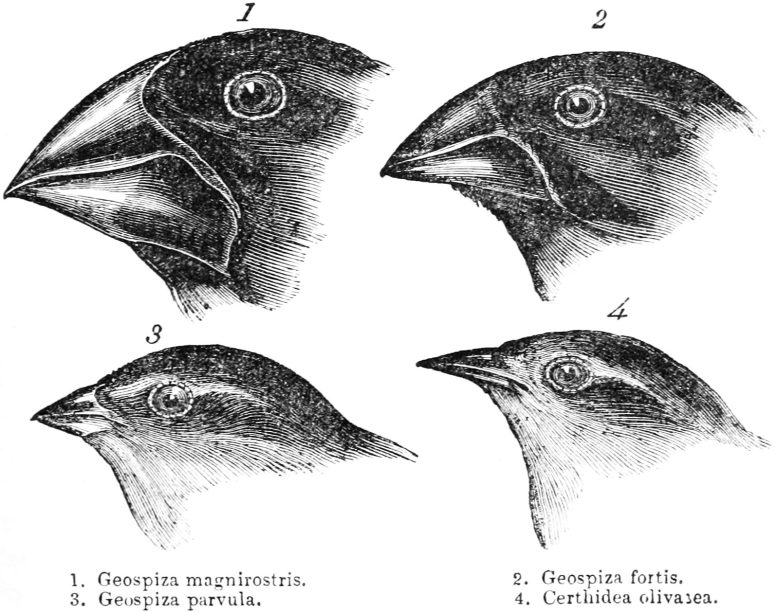Ever since Darwin presented his groundbreaking theory of evolution, biologists have been fascinated by the complex processes that allow species to evolve. Can the mechanisms responsible for a species evolving over several generations, called microevolution, also explain macroevolution, how species evolve over thousands or millions of generations?
The new article was published on: ScienceIt shows that evolvability, the ability of populations to evolve and adapt over several generations, effectively helps us understand how evolution works on much larger time scales.
By collecting and analyzing large data sets from extant species as well as fossils, the researchers were able to show that evolution, which is responsible for microevolution of many different traits, predicts the amount of change seen between populations and species separated by up to a million years.
“Darwin assumed that species evolved gradually, but we found that although populations evolved rapidly over a short period of time, this (short-term) evolution did not accumulate over time. However, how much populations and species differ on average over long periods of time still depends on their ability to evolve in the short term,” said Christophe Pelabon, professor in NTNU’s Department of Biology and senior author of the paper.
Large data sets about living things and fossils
The ability to respond to selection and adapt, the ability to evolve, depends on the amount of hereditary (genetic) variation. The researchers conducted their analysis by first collecting a massive data set on the rates of evolution of living populations and species from publicly available information. They then plotted evolution against population and species differentiation for various traits such as beak size, number of offspring, and flower size.
They also examined information from 150 different fossil lineages, where other researchers measured differences in fossil morphological features over time periods ranging from 10 years to 7.6 million years.

They found that traits with higher evolvability were more divergent across extant populations and species, and traits with higher evolvability were more likely to differ from each other between two consecutive fossil samples. In contrast, traits that had undergone little evolution or little variability did not change much between populations or between successive fossil samples.
Environmental fluctuations are important
Pelabon said traits with higher evolvability change rapidly because they can respond more quickly to environmental changes.
Environment—factors such as temperature, type of food available, or other characteristics important to an individual’s survival and reproduction—is the driving force behind evolutionary change as populations attempt to adapt to their environments. In general, the environment fluctuates around fixed average values, varying from year to year or decade to decade. This causes fluctuations in the direction of the election.
Highly evolved traits can respond rapidly to these fluctuations in selection and fluctuate with high amplitude over time. Features with small evolution will also oscillate, but more slowly and therefore with a smaller amplitude.
“Populations or species that are geographically distant from each other are exposed to an environment whose fluctuations are out of sync. These populations will therefore have different trait values, and the extent of this difference will depend on the magnitude of the trait’s fluctuations and hence the evolution of the trait.” Pelabon said.
Implications for biodiversity
The researchers’ findings suggest that selection, and thus the environment, was relatively stable in the past. With climate change, everything is changing rapidly and mostly in one direction. This can greatly influence selection patterns and how species can adapt to environments around optima that still vary but are no longer stable even over several decades.
“It is unknown how many species will be able to monitor and adapt to these optimum values, but this is likely to have consequences for biodiversity even in the short term,” he said.
Source: Port Altele
